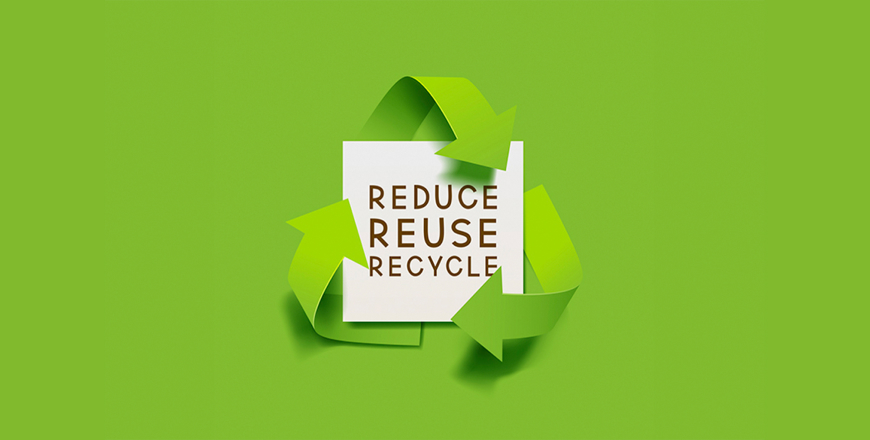Sustainability – Embodied Carbon

Embodied carbon is an important but often overlooked component of sustainability. In this course, Lisa Conway, a renowned expert on embodied carbon, will explain why it matters and how to incorporate it into your decision-making process. Real-world examples and case studies will help you obtain a thorough knowledge of this critical issue.
Target Audience
This course is intended for anybody interested in sustainability, including:
- Architects
- Designers
- Builders
- Developers
- Eco-conscious customers
Course Prerequisites
There are no prerequisites for this course. It is appropriate for anyone seeking to broaden their understanding of sustainability and discover practical ways for lowering their carbon impact.
Objective
You will have a thorough grasp of:
- The environmental impact of embodied carbon
- Measuring and reducing it in your projects and purchases
- Equipped with tools and information to make informed decisions that help to create a more sustainable future.
Topics covered
This course will cover the following topics:
- Understanding the impact of climate change
- Importance of embodied carbon, as well as defining embodied and operational carbon.
- MaterialsCAN objective and importance
- Evaluating embodied carbon through Environmental Product Declarations (EPDs) and other techniques.
Case examples illustrating the use of embodied carbon principles – New trends and initiatives in the field
Course Modules
This course will give dive deep into the topics around climate change including:
- Introduction and the Impact of Climate Change
- Gain Insights about Project Carbon Footprint and The materialsCAN Mission
- Embodied Carbon & Operational Carbon
- How to Evaluate Embodied Carbon
By the End of this Course
You will have deep knowledge about embodied carbon and its impact on the environment. Moreover, you will be able to evaluate the projects of embodied carbon and become conscious about the environment, resulting in taking the right decisions in the future.
Enroll Now
Be a part of the change by becoming aware of the full extent of carbon intrusiveness and what steps to take in order to make the world a better place to live in the “Sustainability – Embodied Carbon” course.
Introduction
Lisa Conway, Co-Founder of materialsCAN initiative, explains this collaboration of eight building industry partners as well as its mission.
The Impact of Climate Change
Learn some relatable examples of how climate change impacts human health.
Project Carbon Footprint
Using an iceberg as an example, Lisa clarifies the differences between Emissions from Building Operations and Specified Emissions.
Embodied Carbon & Operational Carbon
Understand how sustainability is more than just operational energy – it’s also about considering the supply chain.
The materialsCAN Mission
Lisa discusses the mission of materialsCAN, including driving embodied carbon awareness.
How to Evaluate Embodied Carbon
Discover one way to measure embodied carbon – a “lifecycle analysis” of sorts.
With Interface’s carpet tile as an example, Lisa shows how carbon footprint comparisons can be done to measure how much carbon is stored in a material.
Learn why it’s so important to pay attention to what you buy and what the carbon footprint is for those items with this very visual example of a case study.
In the building industry, LEED is a certification system where credits are earned for a project – simply just for measuring embodied carbon!
Lisa highlights the EC3 tool, developed by Microsoft and SKANSKA for decision-making when it comes to building materials.
Meet the declare label, a list of ingredients used by the building industry to assess products.
Closing
Get a couple of recommendations for further information on embodied carbon, and Lisa leaves you with some parting thoughts about considering the carbon footprint of an item with each purchase.